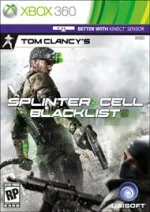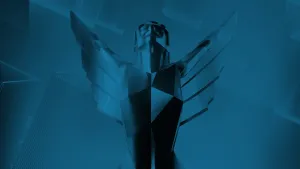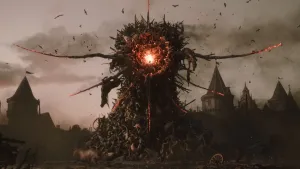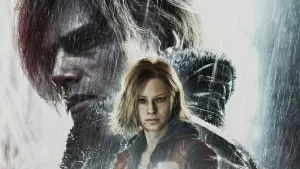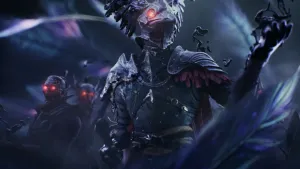Splinter Cell: Blacklist

Ubisoft's latest Tom Clancy project looked mighty fine at E3 this year. We investigate the new game to figure out what sets Blacklist apart from its predecessors.
Splinter Cell: Blacklist represents a new direction for the Splinter Cell franchise, both in terms of story tone and gameplay style. While many of the foundational elements of stealth gameplay remain important to the series, Ubisoft Toronto is exploring a number of features and story elements that will make Blacklist stand apart from previous entries in the series.
The Blacklist
The title of the game offers the first hint of what escalates Splinter Cell's plot into new levels of global significance. The game's developers were inspired by looking at the issue that the United States has troops of some sort in two-thirds of the nations in the world. What does that mean to those other nations, especially to those that wish that US would stay out of their affairs?
The Blacklist represents a new pact by a number of rogue nations who have banded together to demand that US soldiers leave their countries. To make it happen, these renegade states have devised a plan to attack America where it hurts the most - targeting major sites in the US for terrorist attack, each one representative of a particular American value. The list of their targets is the Blacklist.
Fourth Echelon
In response to this unprecedented threat, the President reaches out to Sam Fisher. Sam's had enough of the spy game after the events of Conviction, but the President manages to convince him to return to the fight. His condition on returning is that he needs to be able to do things his way, and lead the organization that will deal with the Blacklist threat.
Third Echelon is dead. A new mobile task force is formed with Sam at its head; Fourth Echelon is based out of a high-tech plane, from which Sam can deploy himself and his forces around the world. The SMI (Strategic Mission Interface) is onboard; it's a super cloud computer connected to all the major US intelligence organizations.
From the SMI, Sam has missions and new content popping up all over the world, and this interface will serve as the hub for everything you do in the game. Single player, cooperative, and competitive missions are all available from this station, and each mission will move the story forward and contribute reward money that Sam can use to improve Fourth Echelon's capabilities.
Upgrades
Blacklist has a new approach to upgrades. No matter what mode you play, and whether you're playing alone or with friends, you're acquiring money that can be used to improve your versatility in the field. Money can be spent to get new weapons, new equipment, upgrade existing tools, improve Sam's field suit, and more. The idea is to let players customize their loadout and strengths to their own playstyle, no matter what mode you choose to play.
Mobility
Sam Fisher has been offered the fifth freedom to do whatever it takes to succeed in his mission, and he's taking advantage of the leeway. The demo we saw included Sam Fisher taking out a healthy share of bad guys in brutally efficient fashion. A big part of his new lethality comes from the ability to kill on the move. Like in Conviction, Sam can mark targets from cover before heading in for the attack. Unlike in Conviction, Sam can now take out marked targets while on the move. The resulting action sequences are thrilling, as Sam enters a room and pops one target after another as he moves forward, often eventually coming close to a final target who he engages in melee. This new Sam Fisher moves faster, and is deadlier than before.
Motion Capture and Acting
Ubisoft has invested in a deeper storytelling experience for Blacklist, and that means plenty of strong voicework and extensive motion captured animation. As players, it's easy to tell the difference. Cinematic scenes are tense and facial features are detailed and emotive. In particular, the interactions between the new actors behind Sam and Grim carry a lot of weight.
Fourth Echelon Moments
Not unlike the ability to call in your Brotherhood in Assassin's Creed, Splinter Cell: Blacklist introduces a new mechanic that lets players call down aid from Sam's compatriots in Fourth Echelon. In the sequence we witnessed, Sam comes under heavy assault from several terrorists, including a pickup truck with a heavy machine gun mounted in the back. While Sam could choose to confront the situation on the own, in our demo he called down a "Fourth Echelon Moment" that resulted in a airstrike that totally destroyed the truck and the nearby fighters. These moments won't always be bombastic in nature. At other times, Sam will be able to call on Fourth Echelon to aid him in remaining stealthy, like one instance in which he can call for all the lights in a building to be shut down.
Beyond specific features, Splinter Cell: Blacklist simply comes across as a more ambitious game than its predecessors. Offering increased choices to players, the stealth options that dominated early games in the series have returned in full force. Simultaneously, several sequences we saw proved that the more action-focused elements present in Conviction have expanded as well. The game showed great at E3, and gave us hope that the Splinter Cell franchise has many more years ahead of it.
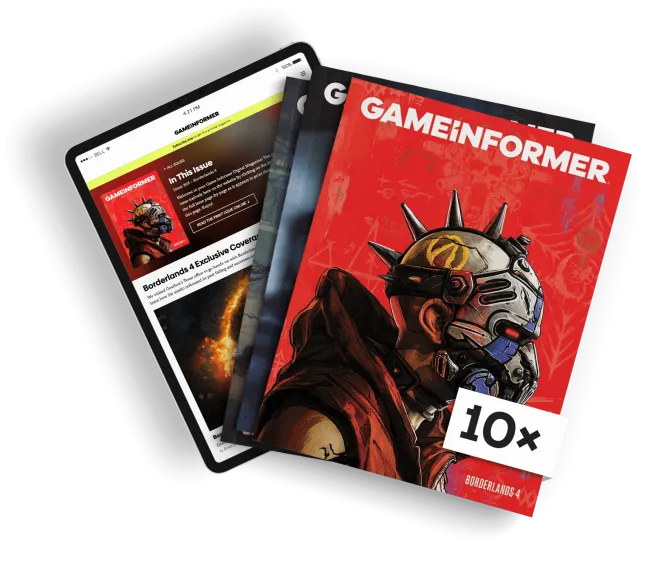
Get the Game Informer Print Edition!
Explore your favorite games in premium print format, delivered to your door.
- 10 issues per year
- Only $4.80 per issue
- Full digital magazine archive access
- Since 1991
